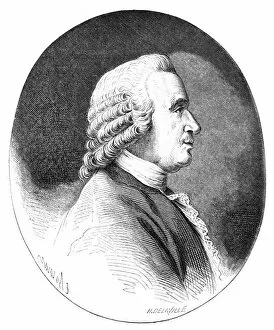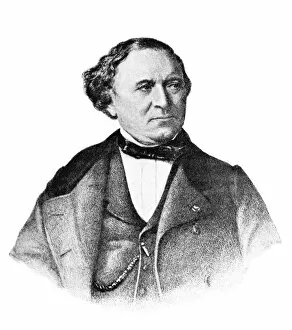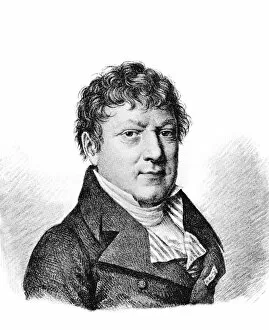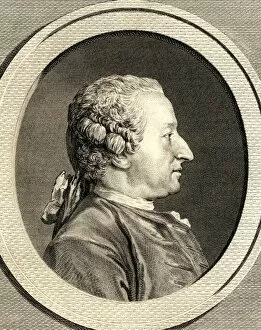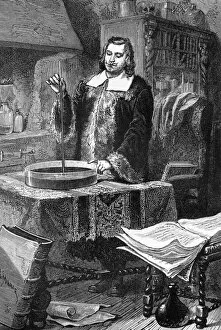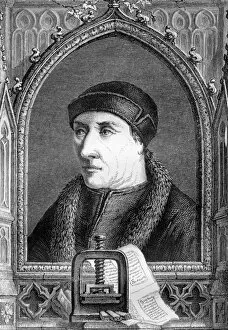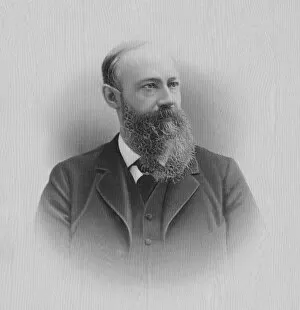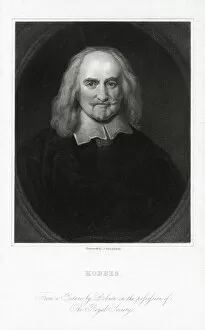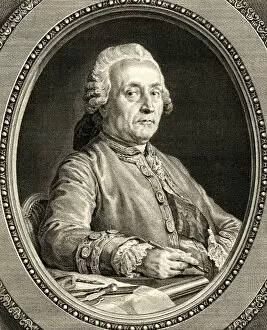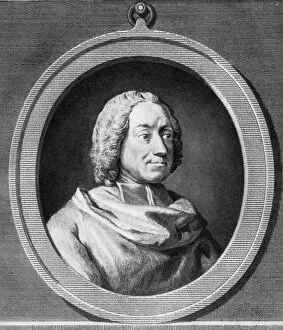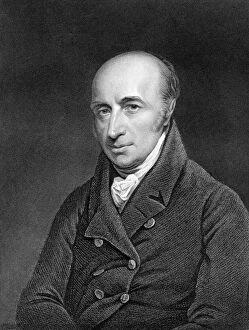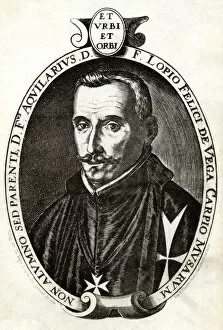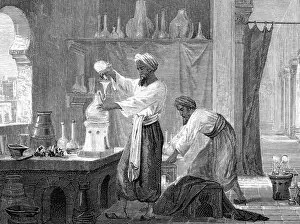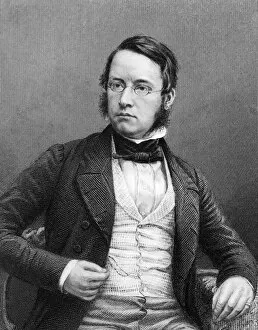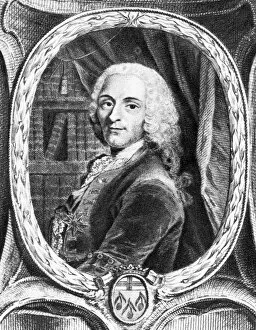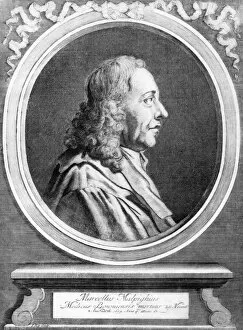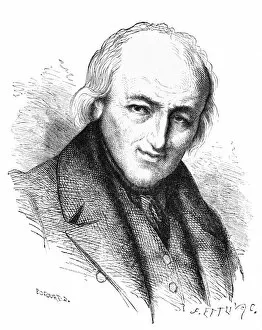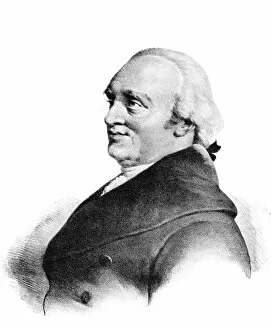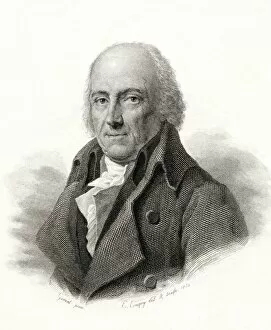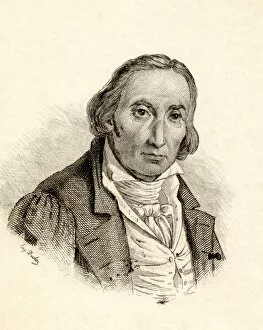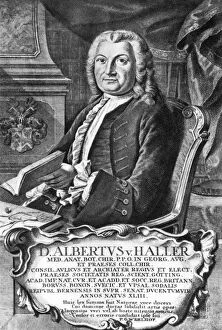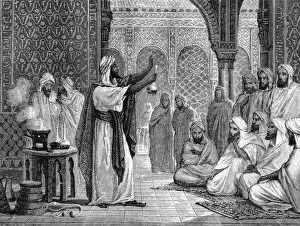Engraving Collection (#36)
Capturing moments of bravery and beauty through the art of engraving
For sale as Licensed Images
Choose your image, Select your licence and Download the media
Capturing moments of bravery and beauty through the art of engraving. From a heroic fireman rescuing a girl from the flames to the intricate details etched onto Marble Hill House, each stroke tells a story. Delve into the enchanting world of hortensia and celestial mechanics, where medieval artwork comes alive on paper. Experience the elegance of a French Lancer in J840005 or witness Copenhagen, the Duke of Wellington's majestic horse in J050173. Plate 113 takes us back to 19th-century France with its exquisite engravings that transport us to another era. Join us at the Waterloo Banquet N970006, where history is immortalized through delicate lines engraved on paper. Travel back in time as we stroll across Old London Bridge in a98_05984, capturing its grandeur forever. Discover the secrets hidden within an alchemical tree as Philosophia reformata unfolds before your eyes. Finally, let Portchester Castle engraving N110146 whisk you away to ancient ruins steeped in mystery and intrigue. Engraving - an art form that preserves memories for generations.

